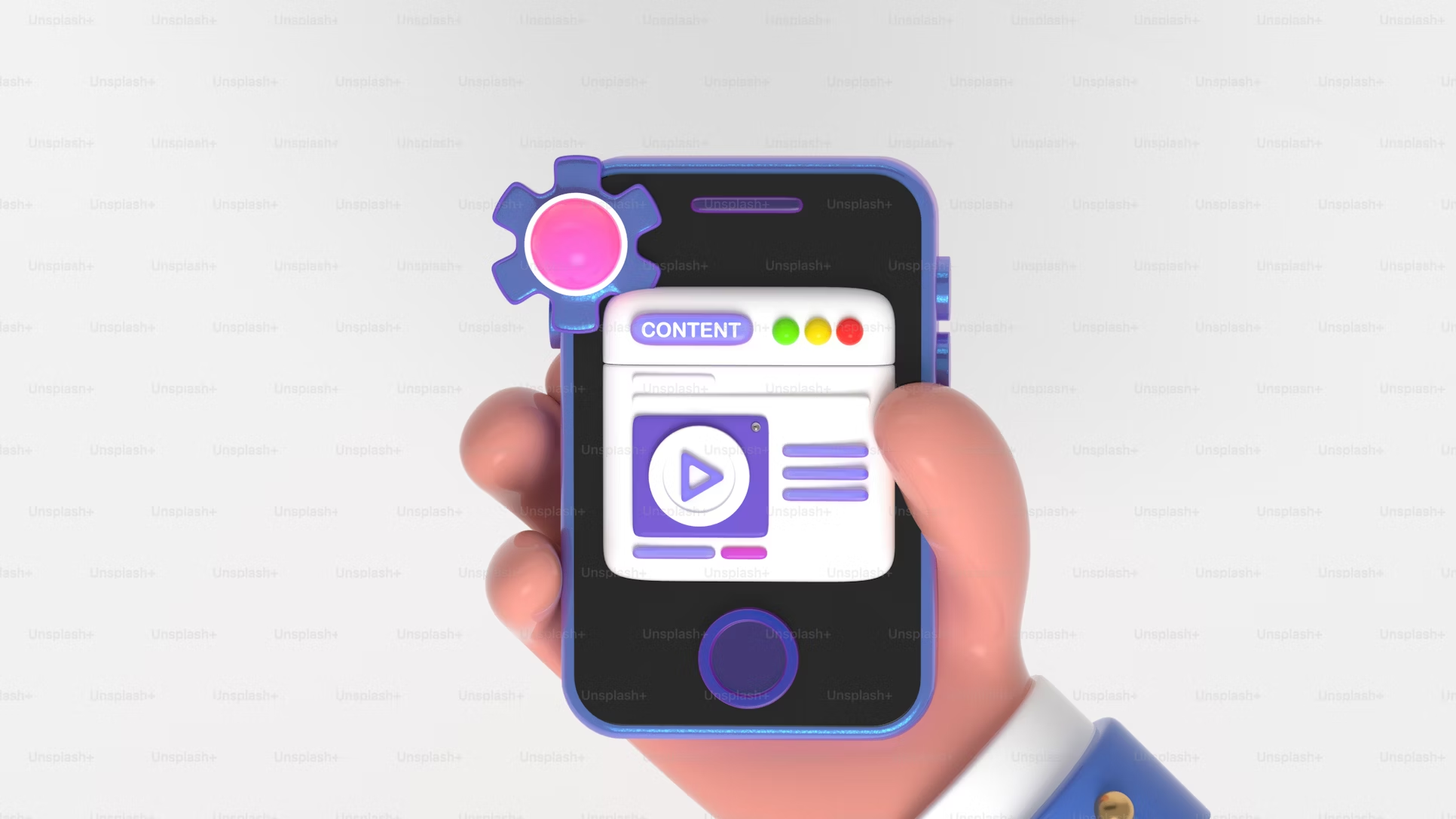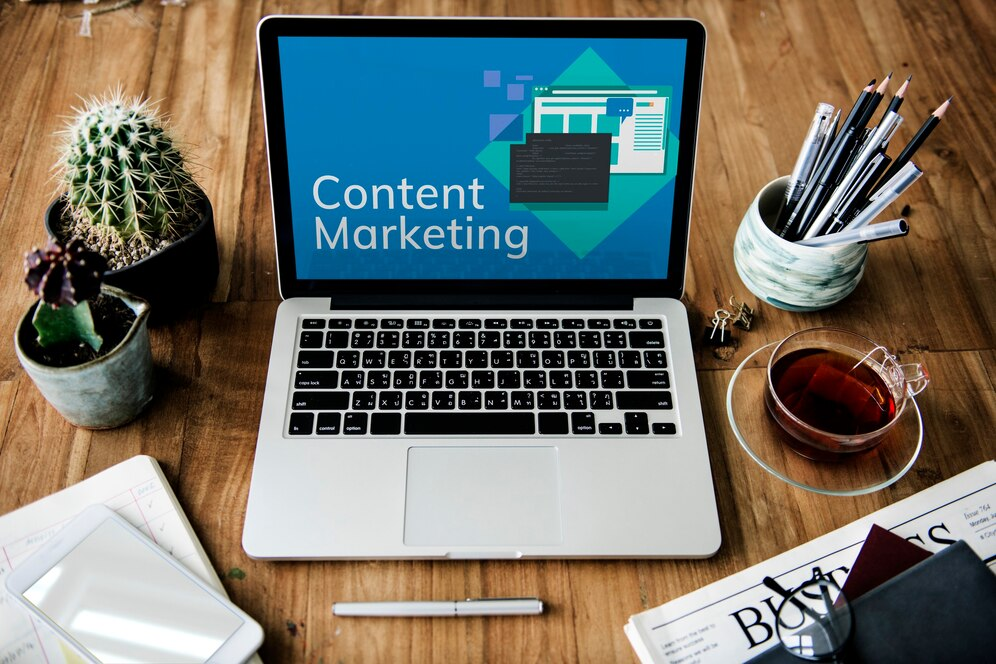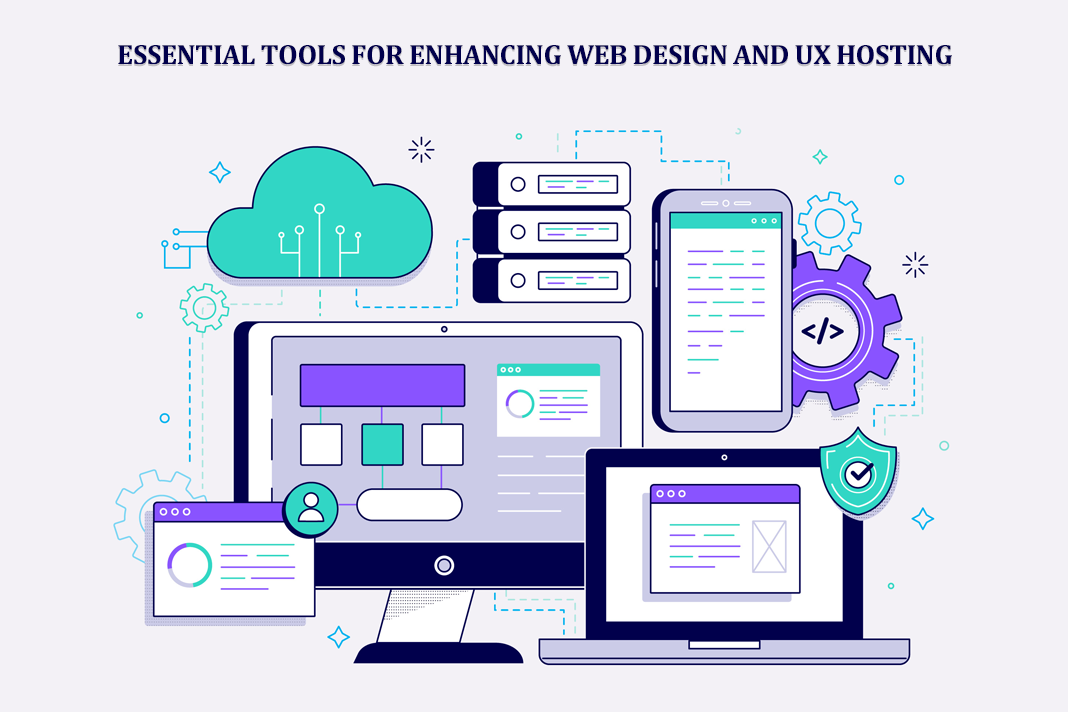Most popular prioritization framework
Prioritization framework is a system for organizing and evaluating projects, product requirements, or other items with multiple attributes. A prioritization framework typically takes these factors into account: value to the organization, risk of failure, cost of success, and code complexity. There are four most popular prioritization frameworks: MoSCoW method (Must-Should-Could-Won’t), MSF for Agile Software Development, FDD (Feature Driven Development) and RICE score.
RICE score is a prioritization framework that is used for agile software development and takes into account the value of an item, cost to develop, how risky it is to implement and its complexity.
R – Releasability: how willing the customer will be to deploy this functionality (likelihood it can be released in a future release).
I – Investment: cost of developing this item to a satisfactory level.
C – Complexity: how difficult it will be to develop this item taking into account all the requirements, technologies and people involved. The framework was developed by Gojko Adzic in his book ‘Specification by example’.
E – Estimation: whether the team can provide an accurate estimate for this item.
The framework takes into account four key elements when prioritizing backlog items – the value, priority, complexity and investment of an item. The highest priority items are those with high business value and low cost to develop. Items that are lower priority but easier to implement should be included in sprints where there is time to complete them before the end of a sprint.
Based on the framework above, Rice prioritization was devised to help teams choose item priorities. The basic idea behind rice is that each team member scores items from 0-5 in four criteria: value, priority, complexity and how much effort/investment has been put into them before. Each criterion is then weighted for each story and added together to produce a total score. With values 0 – 5, the higher the number the more valuable, prioritized, complex or invested in an item. Scoring low values may indicate that an item should be cut, whereas if a story scores high across all four criteria it would likely be chosen as the next story to work on.
The rice prioritization grid shows an example of a team’s scores for four stories, with five team members and criteria: Value (V) is worth 20 points, Priority (P) is worth 10 points, Complexity (C) is worth 10 points and Investment (I) is worth 30 points. The total score for each story is shown in parenthesis.
The rice framework, created by Alistair Cockburn, looks to help solution designers match their solutions to the users’ problems. The purpose of this is to create a large pool of ideas which are chosen after being filtered through certain criteria. If an individual item passes all four tests it can be considered a solution.
The criteria are called rice bowls, and include:
1. Experience
2. Resources
3. Goal structure
4. Time Structure
5 .Constraints
Advantages of Rice Score method
- High level of creativity
- Identifies problems rather than solutions.
- Does not require the user to participate in the process.
Disadvantages of Rice Score method include:
- Does not take into account other factors such as business constraints, costs, and legal issues.
- Creative team members are not given the opportunity to prove their worth.
- The use of user generated ideas could result in poor design decisions if not filtered properly.
However, the Rice Score is still a valuable technique for creative designers to use. “The method takes into account business risks, which makes it much more versatile than other creativity techniques that are designed to generate ideas.”
Conclusion
The rice framework is an intuitive method of generating potential solutions. It is a useful tool for designers looking to analyze the many facets of their design. The overall goal is to match problems with solutions through careful analysis and consideration, leading to better results for users.
Why WooCommerce is the Best Choice for Your Online Store?
WooCommerce stands out as a top option for anyone looking to build an online store. This platform…
0 Comments8 Minutes
How to Use AI-Powered SEO Tools for WordPress eCommerce
SEO is a critical factor in the success of any e-commerce WordPress store. As competition…
0 Comments11 Minutes
Why Short-Form Videos Are the Future of Content Marketing
Your Instagram customers spend over 50% of their time watching short-form videos and reels. Rather…
0 Comments12 Minutes
The Role of Digital Marketing in Business Growth
Online marketing touches every aspect of a business, whether it is initiating the idea or for an…
0 Comments3 Minutes
AI Meets Authenticity: Balancing Automation and Human Touch in Content Marketing
Is your brand starting to sound like a robot? In a world where algorithms write faster than any…
0 Comments8 Minutes
Essential Tools for Enhancing Web Design and UX Hosting
Have you ever visited a website that felt slow, clunky, or confusing? A website that is poorly…
0 Comments11 Minutes
How a Mini Cart Transformed My Store’s Shopping Experience
Okay, real talk—running an online store is hard. You think you’ve got everything figured out, you…
0 Comments9 Minutes
Balancing Your Security Initiatives With Industry Compliance Requirements
Managing a business today comes with a number of daily battles that need to be fought. Resources…
0 Comments11 Minutes
1 Comment
Comments are closed.









It is only the data I am finding all over the place. Much obliged for your blog…